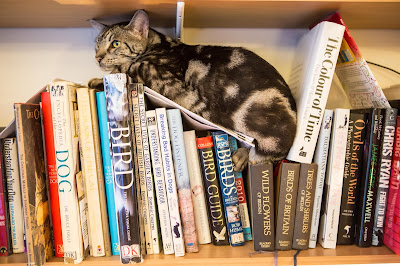The Hokey Cokey
Continuing
the dancing theme, we come to the Hokey Cokey. According to where you live in
the world, it is called the Hokey Pokey (Australia, USA), the boogie woogie
(Denmark), Rucki-Zucki (Germany) and in Mexico, it is known as
the Hockey Pockey.
I don’t
know if anyone ever sings and plays it now. It used to be a staple at children’s
school parties, but today’s youngsters are far too sophisticated for such nonsense.
It’s believed to have folk dance origins from 1826, according to Wikipedia. I
was astonished to discover that it had become a hit in the record charts, not
once, but twice in the 1980s. That’s forty years after it first became popular with
the public.
You put
your left foot in,
Your left foot out,
In, out, in, out,
Shake it all about.
You do the hokey cokey and you turn around,
That’s what it’s all about.
Oh, hokey cokey cokey,
Oh, hokey cokey cokey,
Oh, hokey cokey cokey,
Knees bend, arms stretch,
Rah, rah, rah!
The Washington
Post Style Invitational, or simply Invite, now defunct as a column since 2022,
was an established weekly humour competition. It received the following,
winning entry for something written in the style of Shakespeare. It’s not easy
to sing, but do try!
O proud
left foot, that ventures quick within
Then soon upon a backward journey lithe.
Anon, once more the gesture, then begin:
Command sinistral pedestal to writhe,
Commence thou then the fervid Hokey-Poke,
A mad gyration, hips in wanton swirl,
To spin! A wilde release from heaven’s yoke.
Blessed dervish! Surely canst go, girl,
The Hoke, the poke – banish now thy doubt,
Verily, I say, ‘tis what it’s all about.
The Style
Invitational or SI was renamed ‘The Invitational’ and found a new home on Substack.
It can be found at The Gene Pool, GeneWeingarten.substack.com.
There is also
a Facebook group, called Style Invitational Devotees. Anyone joining has their name
anagrammed by members.
This YouTube video shows the Hokey Cokey being danced by some young children. All
human character is there – the bold, the shy, the leader, the follower, the one
who holds back, the one who’d rather follow his own path . .

















